Coffee grounds have chemical elements that are great for gardens and soil but, paradoxically, not so great in the landfill. If you’re tossing those grounds in the trash, try out these three simple methods instead.
No matter what brew method you’re using for coffee, you’ll have wet coffee grounds to contend with when you’re done. According to experts, we discard six million tons of used grounds worldwide each year (1).
And while it may be surprising, coffee grounds can cause problems when they go into a landfill.
In most homes—large and small—there’s a way to compost your coffee grounds, either directly into your soil, through your city’s composting system, or with a small at-home system.
Why grounds shouldn’t go into the landfill
Here’s the thing—even though coffee breaks down, that doesn’t mean it’s safe to go into your trash can. In the landfill, the wet grounds emit methane, a dangerous greenhouse gas. And since air doesn’t really flow through the landfill and there are literally tons of grounds, this can cause a real problem.
Yes, coffee grounds emit methane in compost too (compost itself does), but the key difference is that compost gets mixed with air and other organic material, which decreases the methane and increases the carbon dioxide.
In less sciency terms—airflow = good for decomposing organic waste like wet grounds = good for the earth.
What is composting? The short answer.
To way oversimplify—natural things die, break down, and eventually turn to soil or dust. It happens to leaves and sea shells and bugs and basically all plants and animals. When organic material decomposes and turns into something that looks like soil, it’s called compost and it’s full of nutrients that are great for your soil and garden.
It’s a natural way that the earth renews itself, using dead organisms to fertilize and grow new ones. And it’s a process you can help along at home by using a composting system.
Three simple ways to compost at home
If you don’t currently compost, you may have images of a large barrel filled with rotting food and dirt, sitting around smelling like...poop. And yeah - that’s one way to do it. But that’s not realistic for most people.
Here are three much simpler ways to compost coffee grounds at home—and other food scraps while you’re at it.
Put wet grounds directly in the soil.
This method is all about small amounts. Remember that airflow = good, allowing the grounds to decompose and mix with your soil, adding nitrogen. So try sprinkling wet grounds on garden soil or in your container plants to enrich the soil.
You may have read that coffee is acidic—and fresh, unused grounds are both acidic and still contain caffeine. Some plants love the extra acid, but others not so much. Used grounds are more neutral and without the caffeine, so it works for a large variety of soils and plants.
This article by The Spruce also explains how to make a fertilizing “tea” with used grounds.
Ask your city
In many cities worldwide, you can now deliver your food scraps and yard waste right to the curb alongside the recycling and trash bins. In the U.S., citywide composting services have more than doubled in the last decade.
If you live in a city that does not offer curbside composting, ask for it! You may be surprised to learn that your city does offer composting in specific locations if you’re willing to drive your bin a few miles every couple of weeks.
Use a home composter
If you don’t have a city option or you would prefer to compost yourself, there are plenty of options for composting at home. You can find at-home systems for any budget and any space.
Need an inexpensive composter for a small apartment? You have options. Want a large, outdoor variety that you can also put your lawn cuttings in? You have options.
Check out these picks from The Spruce and Wirecutter to get you started.
What to do with the compost
If you’re motivated to start composting but don’t have a yard, garden or enough plants to use it on, check with local plant shops, gardeners and farms. They may have a need.
Or check in with your neighbors to see if you can share the bounty. There’s probably a patch of earth near you that could use the extra love.


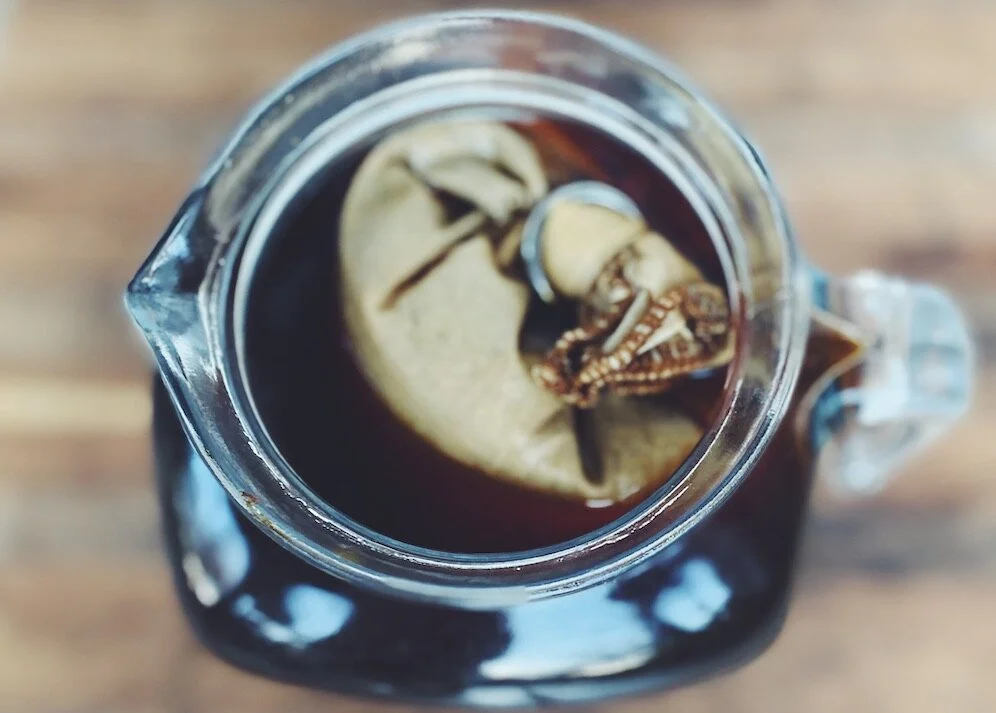
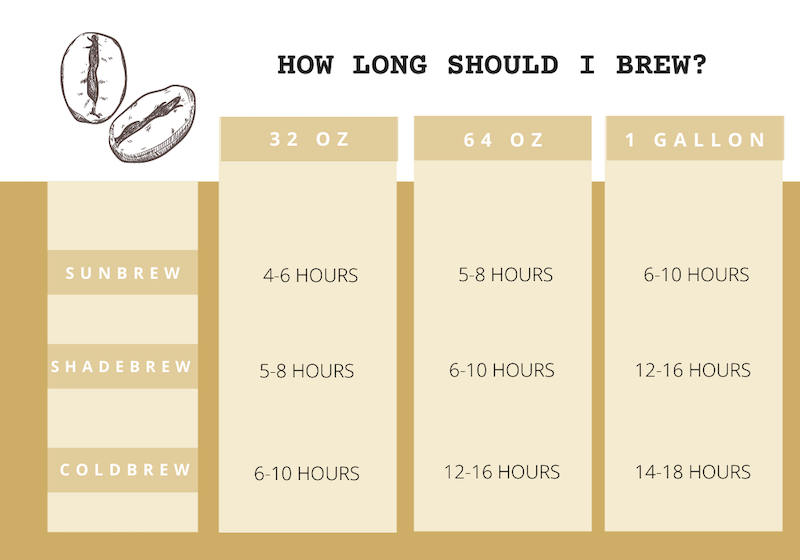


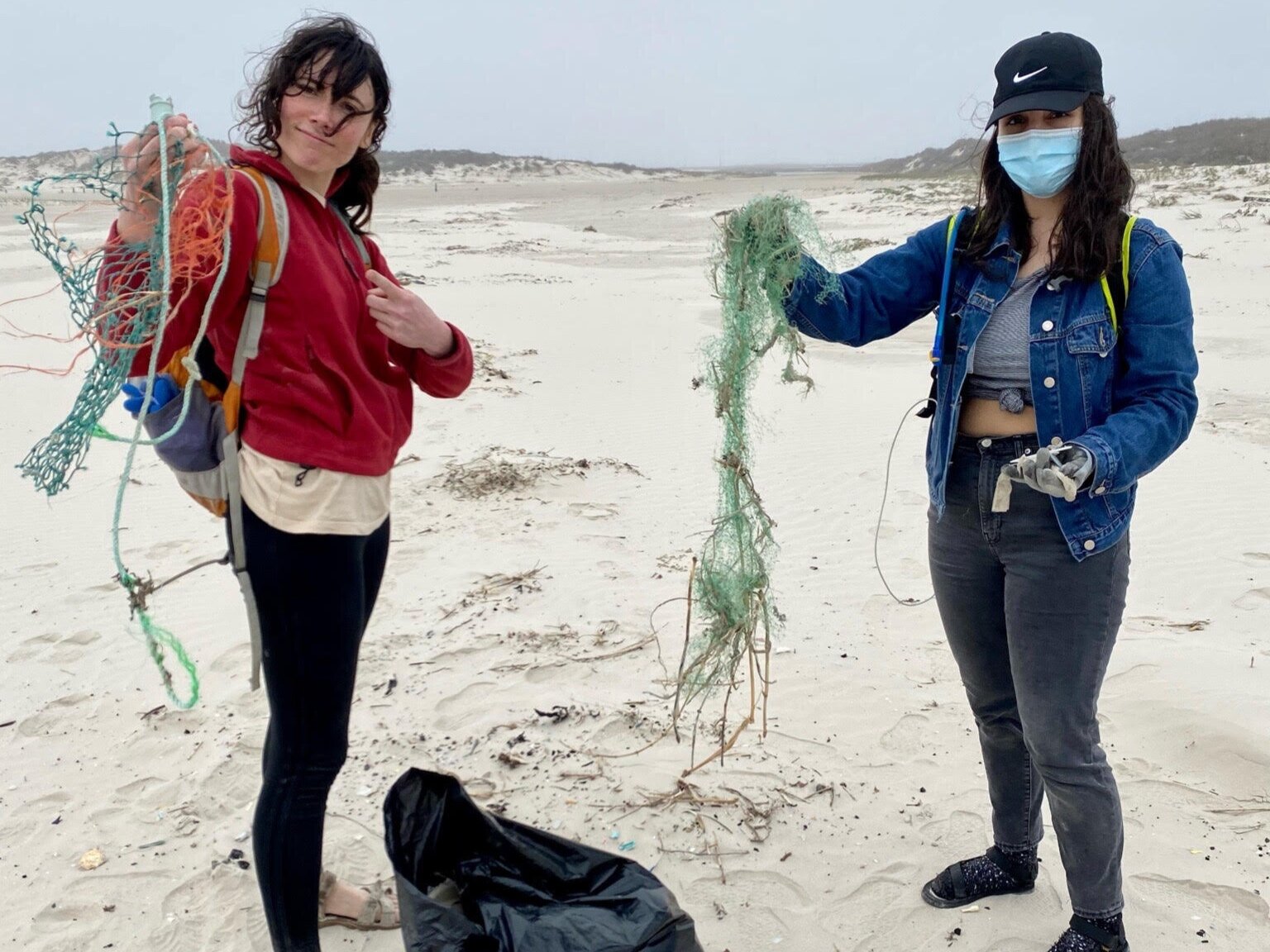



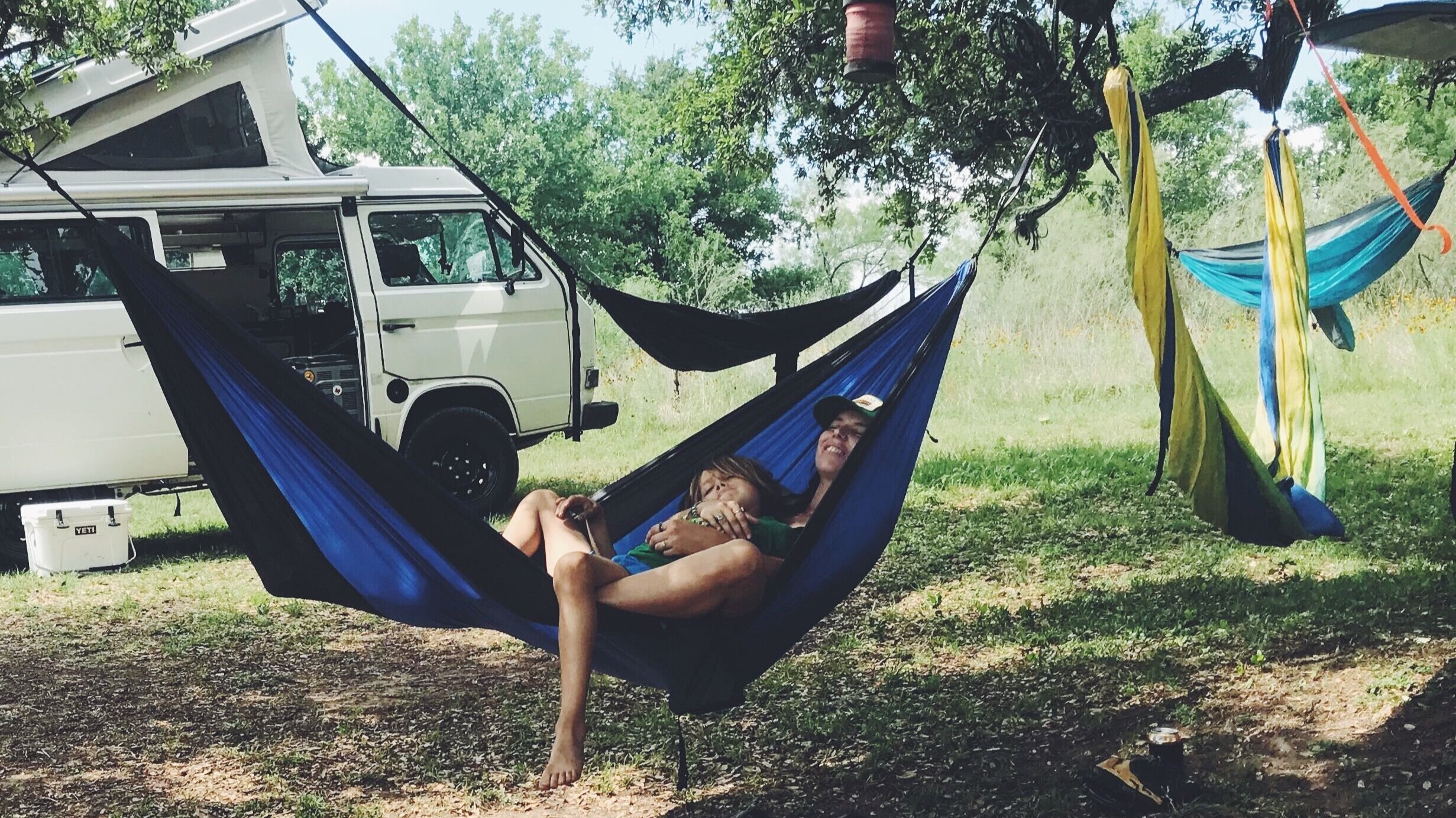
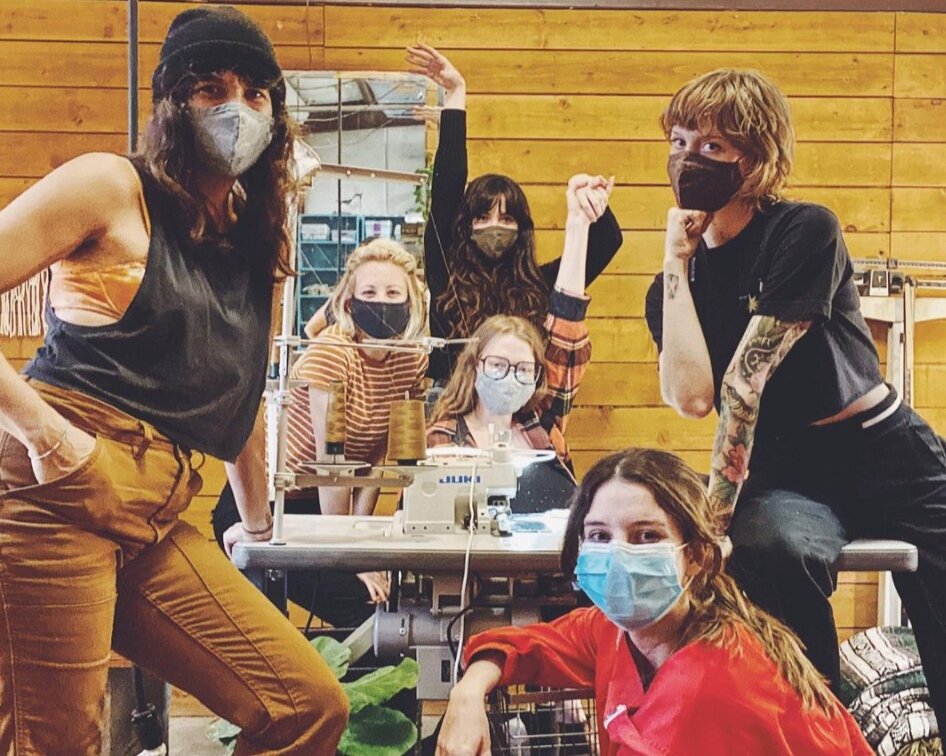
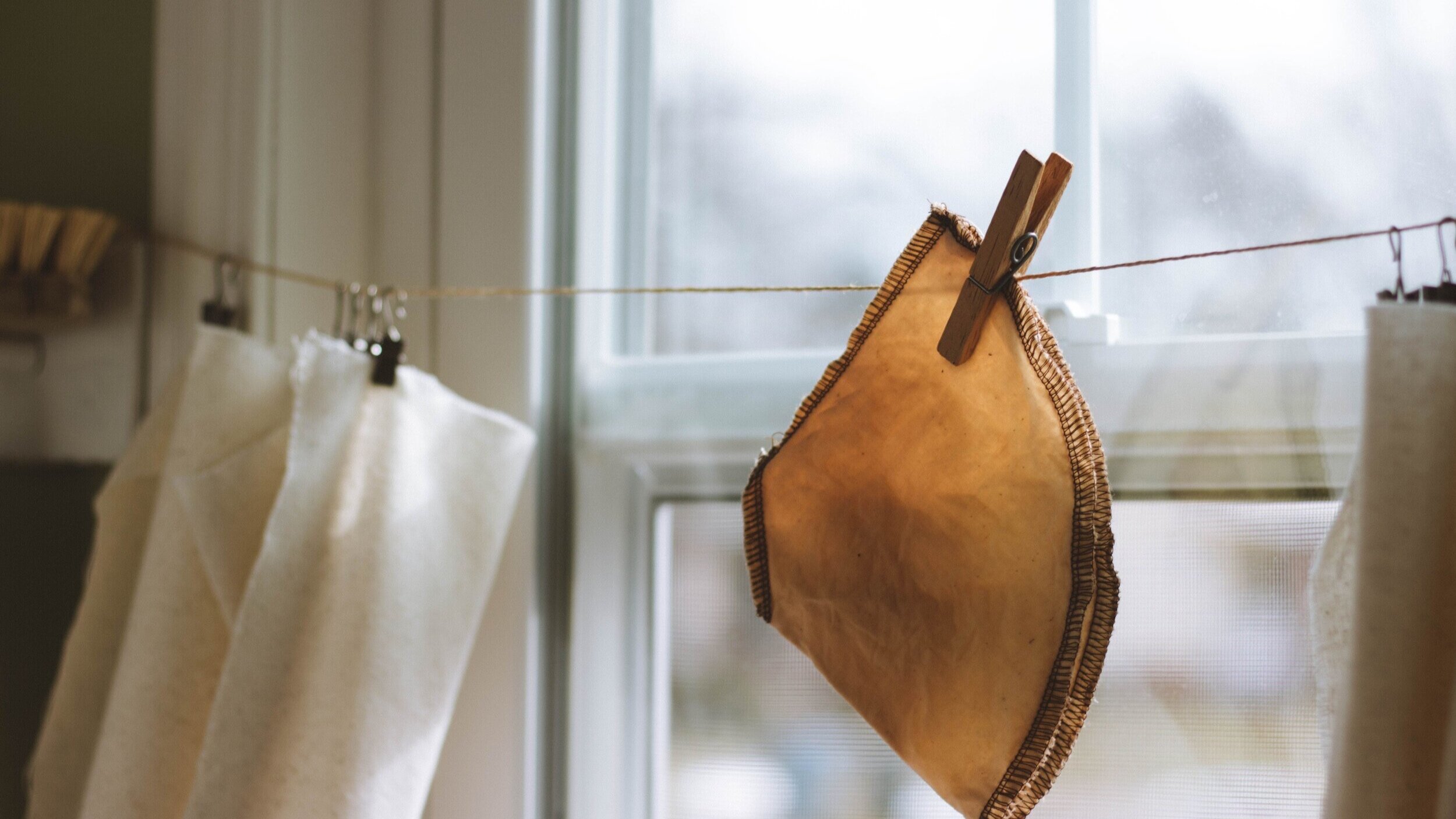
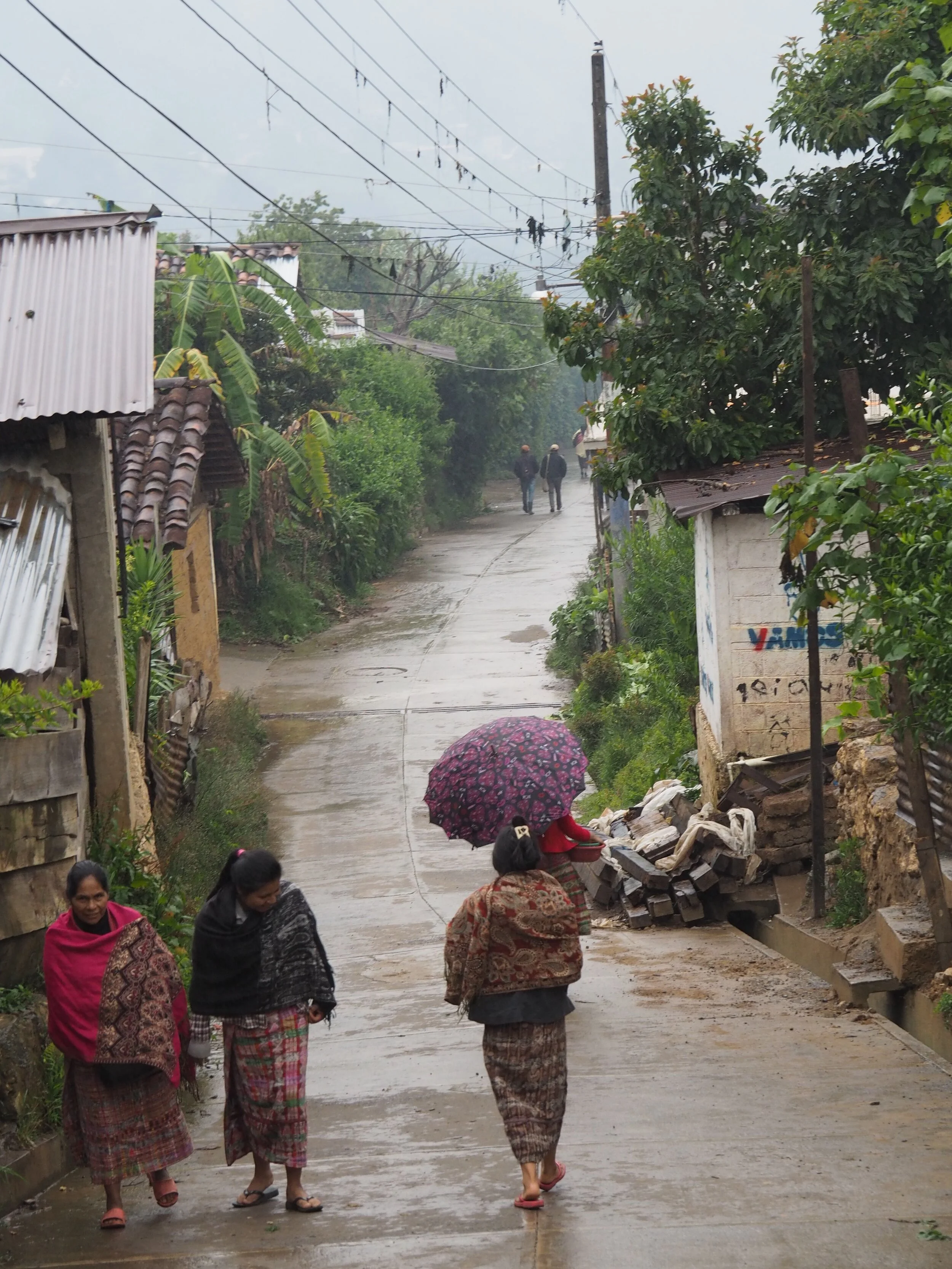

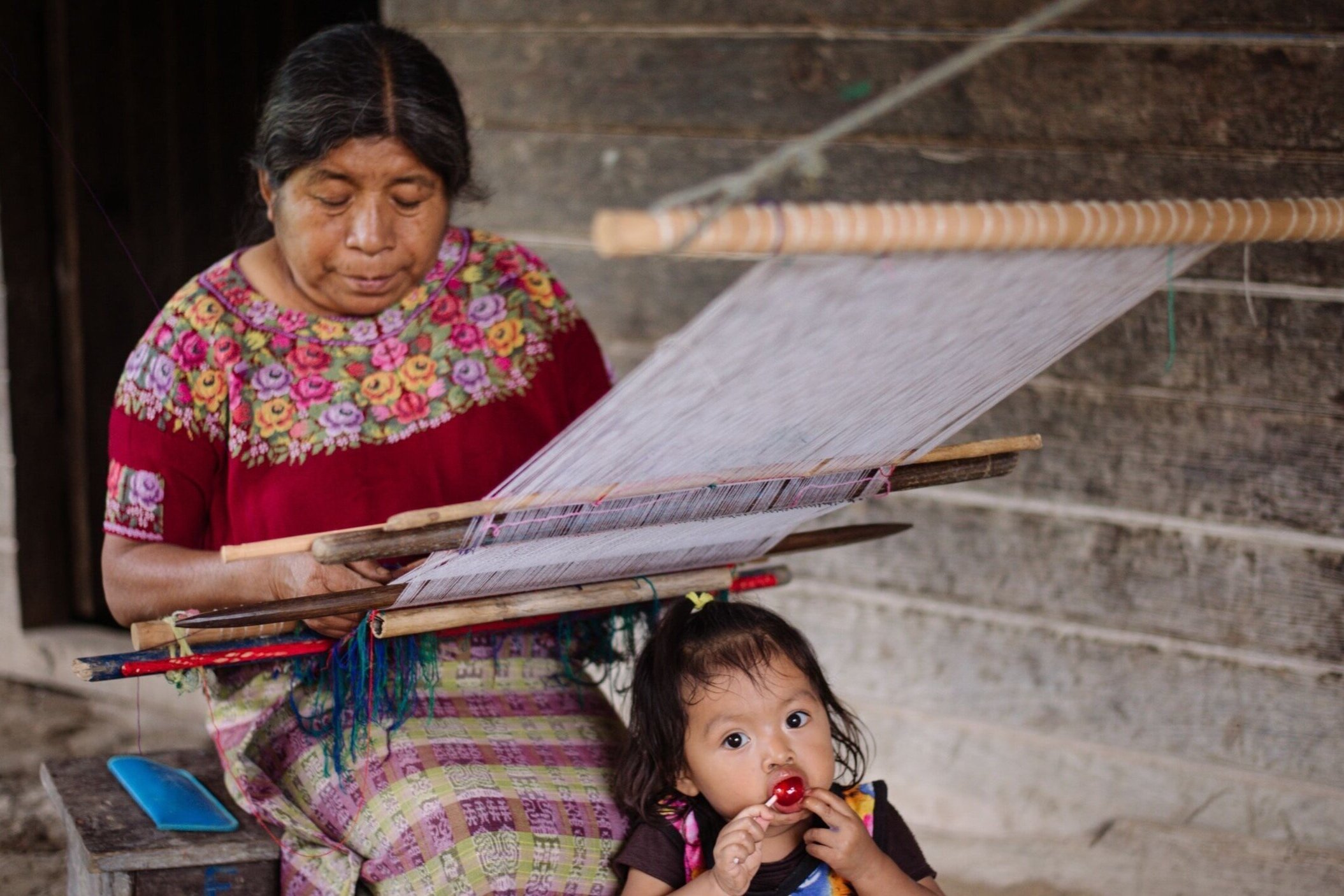
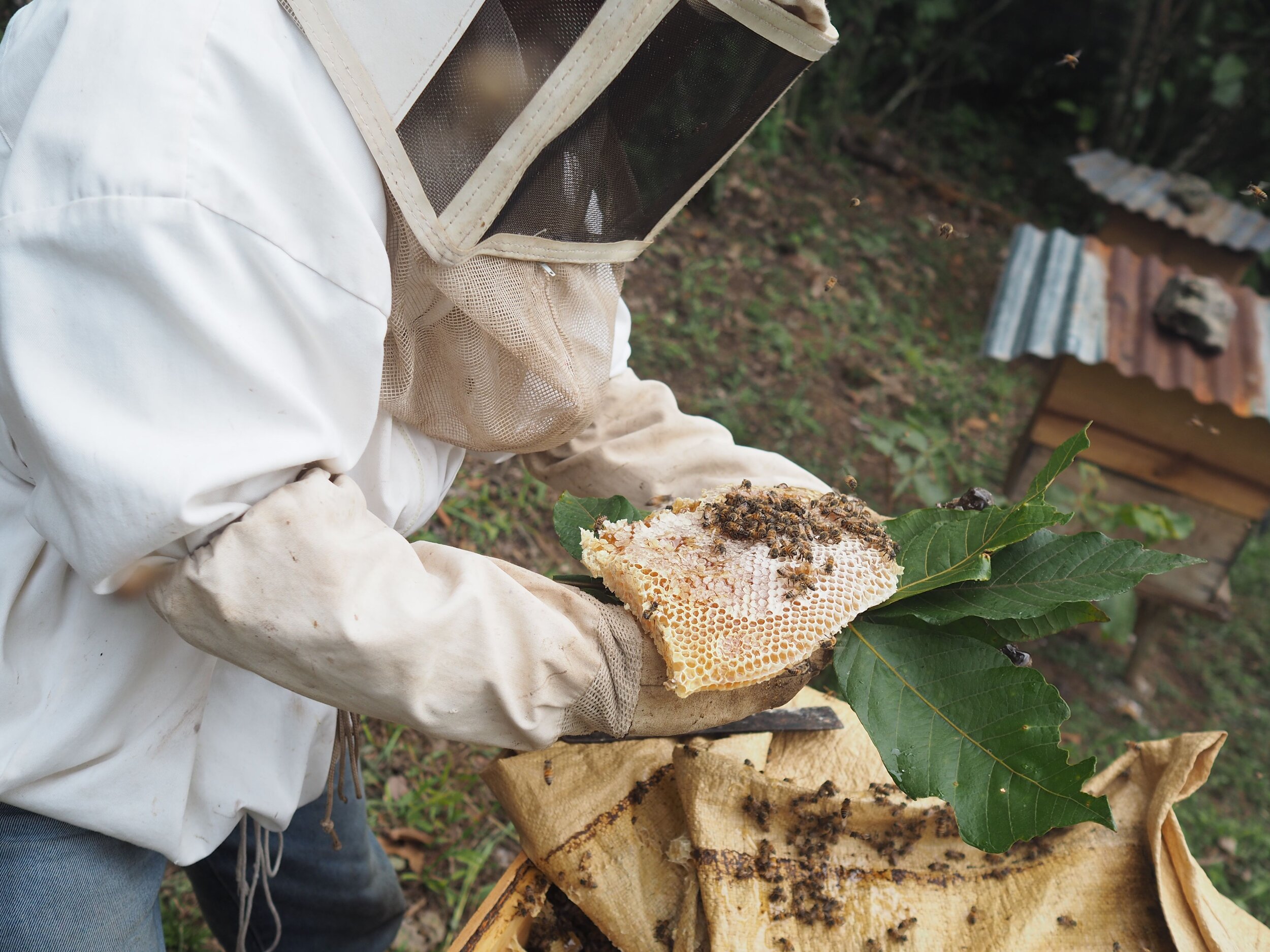



















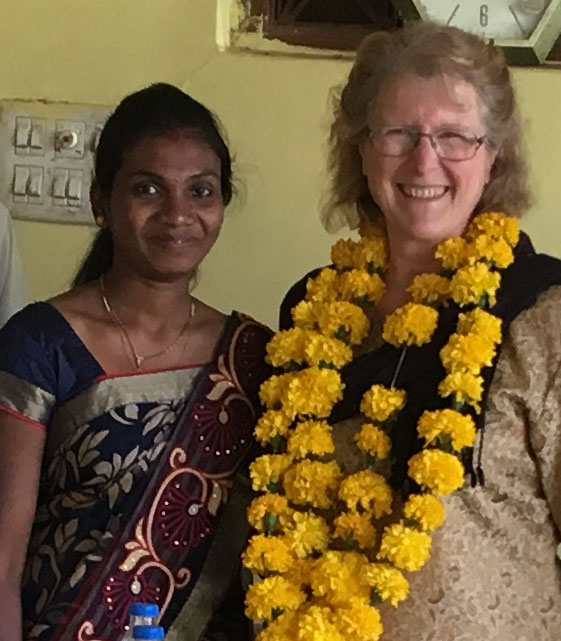




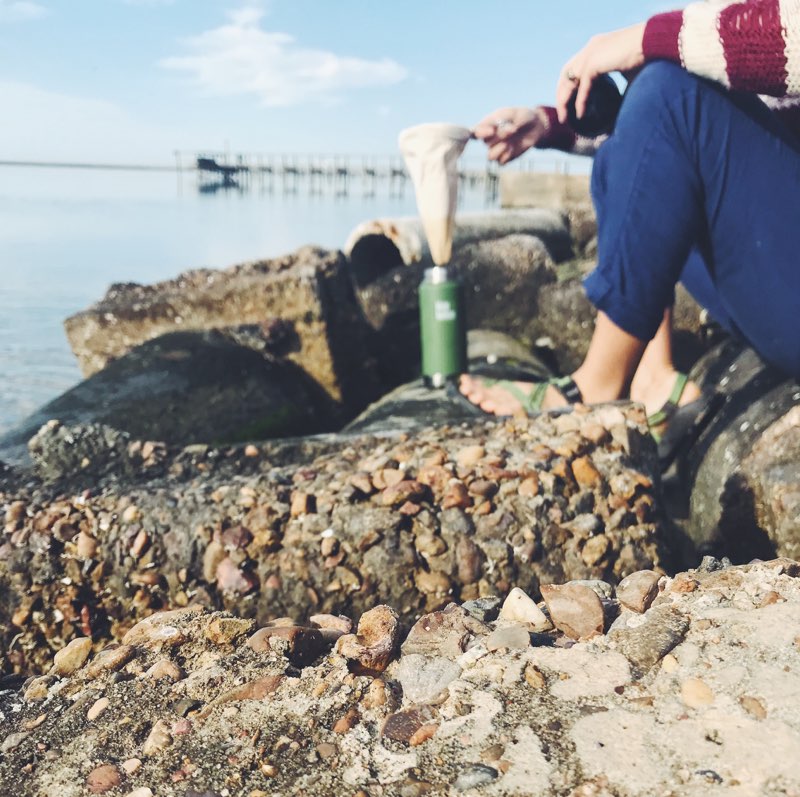

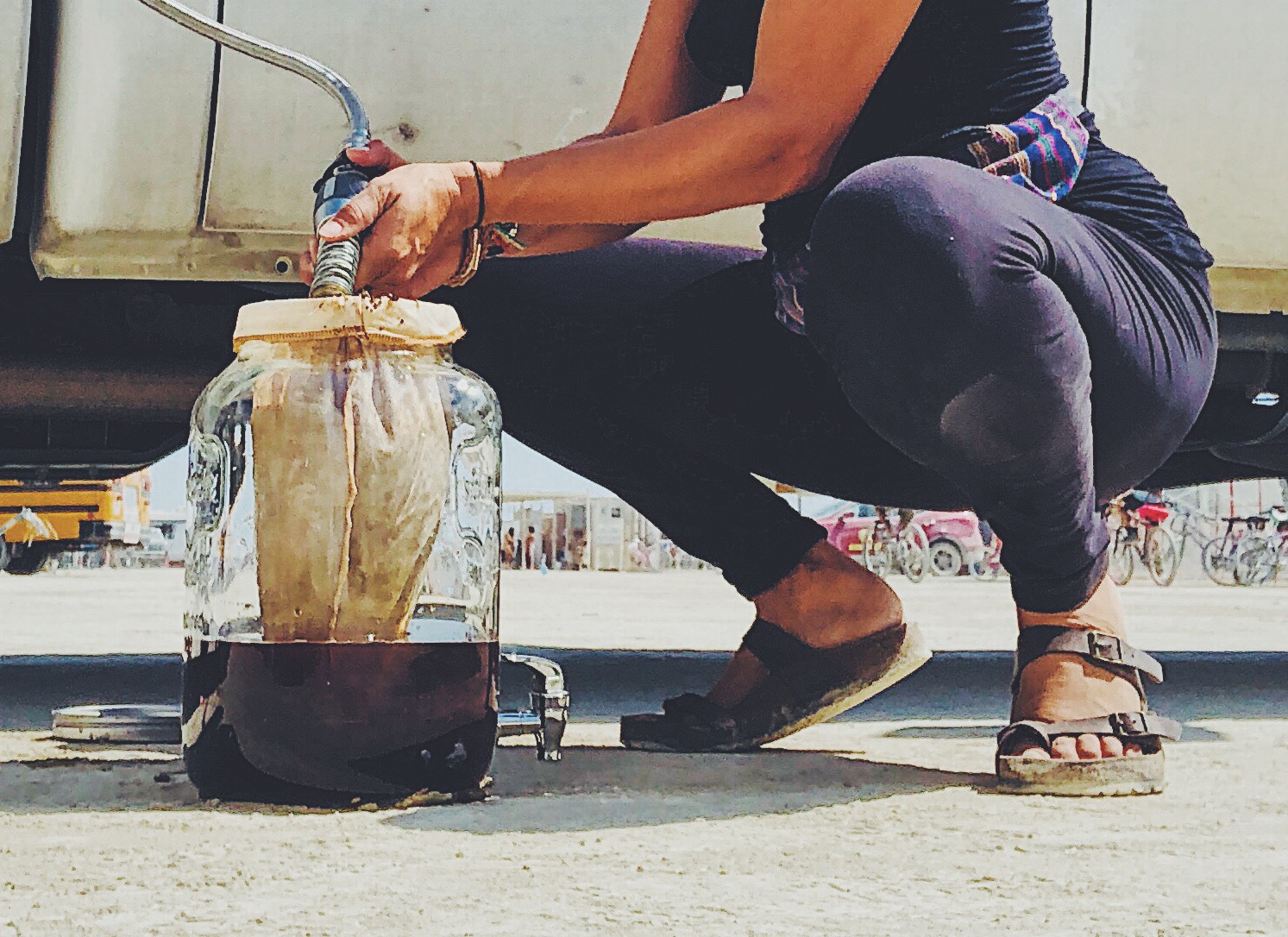
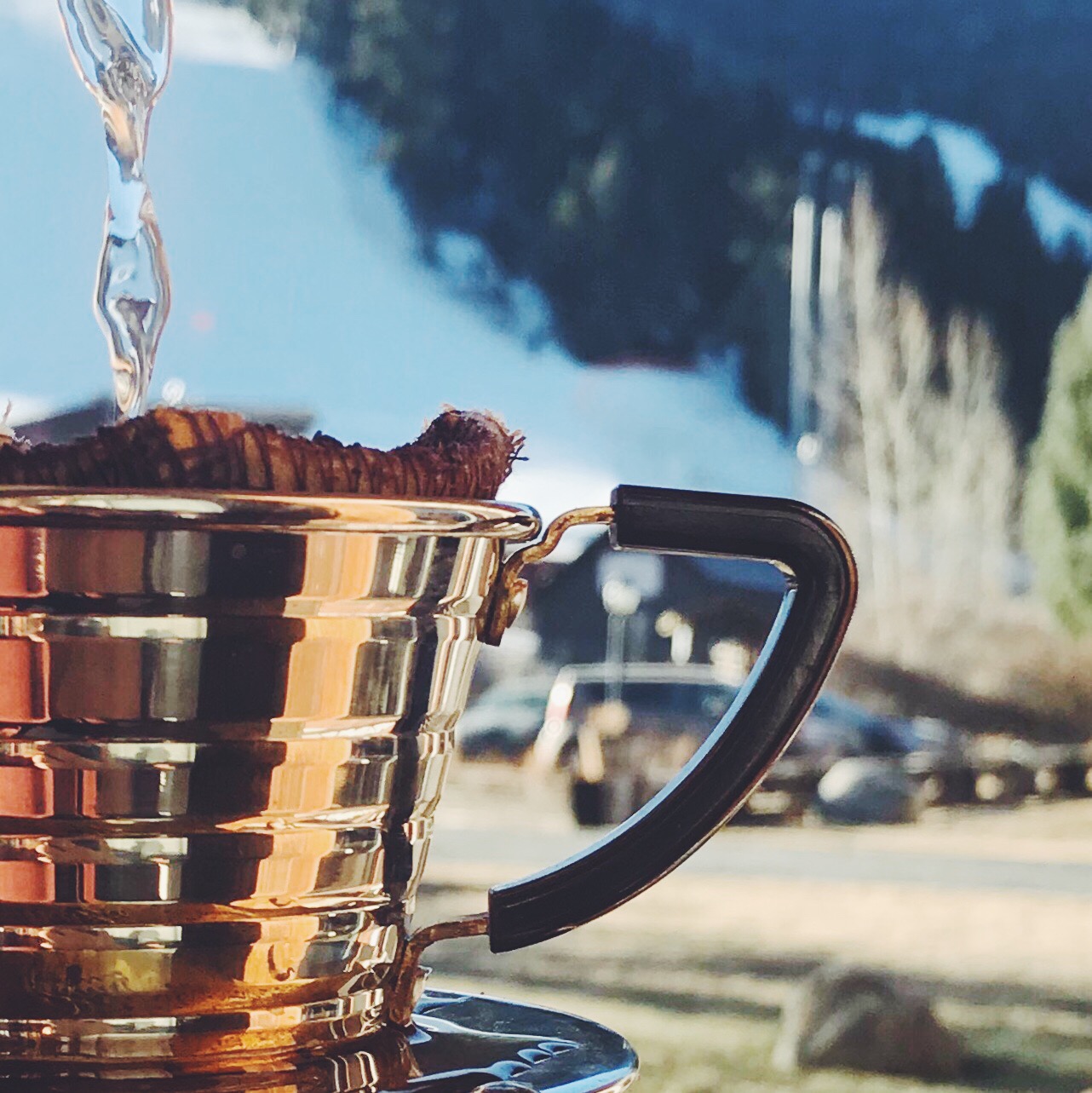
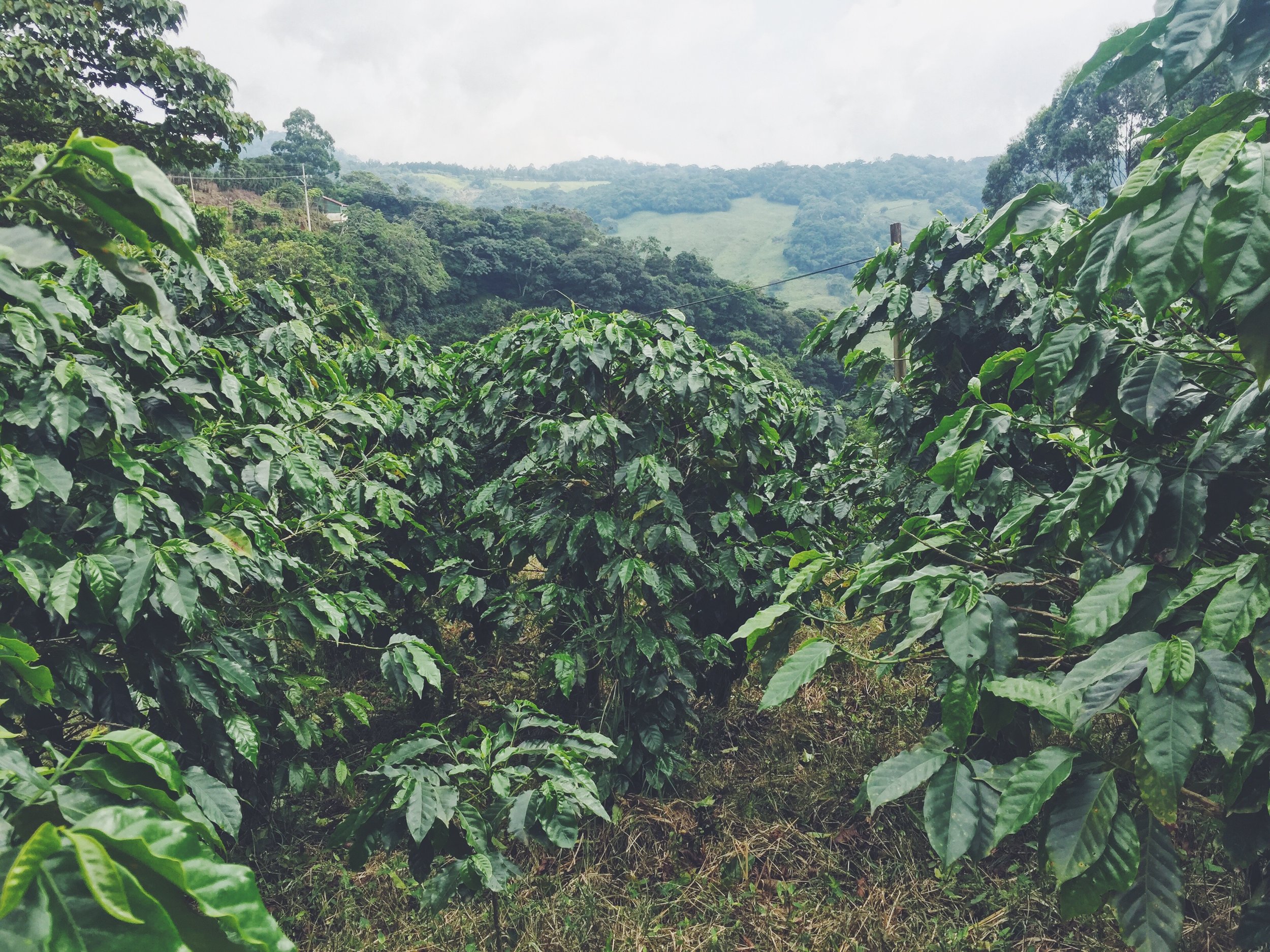
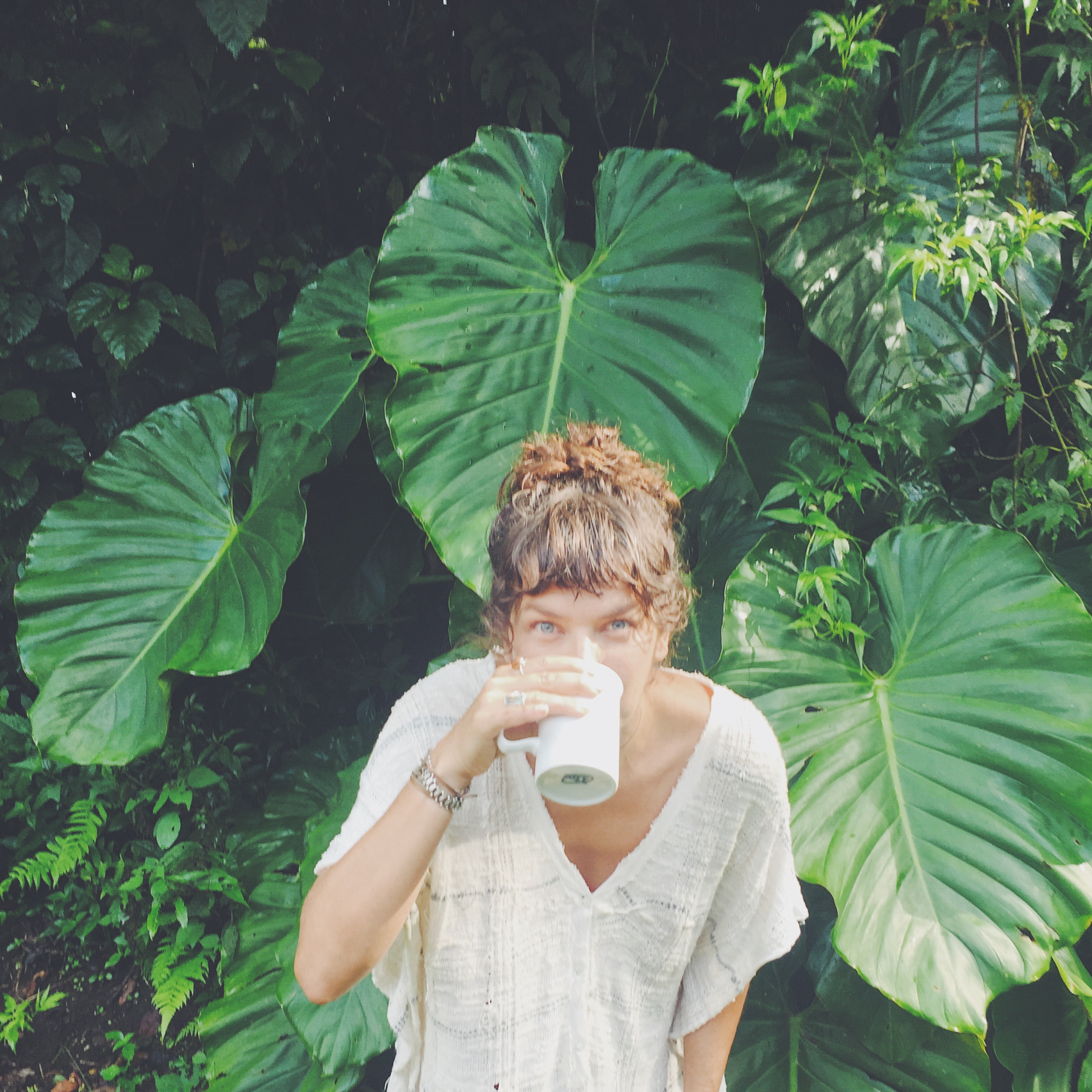

![S Aziz123 [CC BY-SA 4.0 (https://creativecommons.org/licenses/by-sa/4.0)], from Wikimedia Commons](https://images.squarespace-cdn.com/content/v1/56f4a20f86db433fc5a83e2b/1545181519905-KC165TZJTMKZ5M6GNW5P/cotton.jpg)

